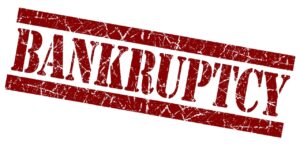
Nouthi v Pourtaghi 2019 BCSC 794 referred to the badges of fraud” as referred to in Dexia Credit Local v. Rogan, 2008 BCSC 1406:
[23] … In Banton v. Westcoast Landfill Diversion Corp., 2004 BCCA 293 (B.C. C.A.) Braidwood J.A., writing for the court, cited at para. 5 a number of factual indicia of fraudulent intention or “badges of fraud” from Frimer v. Lercher, [1984] B.C.J. No. 728 (B.C. S.C.):
(1) The state of the debtor’s financial affairs at the time of the transaction, including his income, assets and debts;
(2) The relationship between the parties to the transfer;
(3) The effect of the disposition on the assets of the debtor, i.e. whether the transfer effectively divests the debtor of a substantial portion or all of his assets;
(4) Evidence of haste in making the disposition;
(5) The timing of the transfer relative to notice of the debts or claims against the debtor;
(6) Whether the transferee gave valuable consideration for the transfer.
Suspicious circumstances which our courts may characterize as “badges of fraud” include the following:
1) Secrecy surrounding the transaction
2) Cash payments were made
3) No change of possession occurred after the conveyance;
4) Transfer to non-arm’s-length person;
5) The transferor has few remaining assets;
6) The transfer was effected with unusual haste;
7) Grossly inadequate consideration was paid;
8) A benefit was retained by the transferor under the settlement;
9) The transfer was made in the face of potential litigation;
10) Lack of accurate documentation supporting the transaction.
These “badges of fraud” are enumerated in Bank of Montreal v. Vandine (1953) 1 D.L.R. 456.
Generally speaking the courts looks for badges of fraud when deciding if fraud was present or not.




